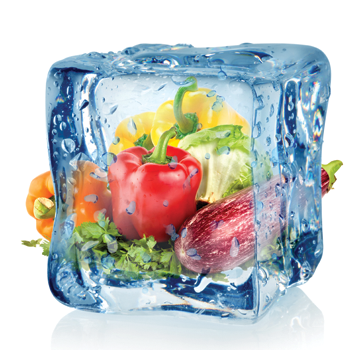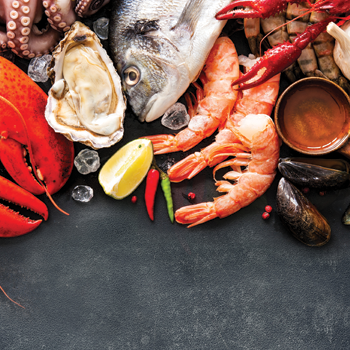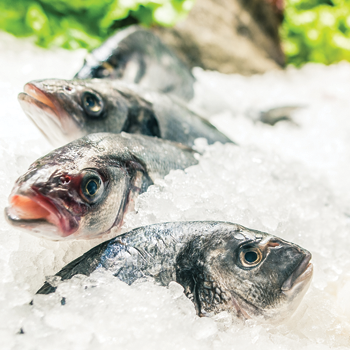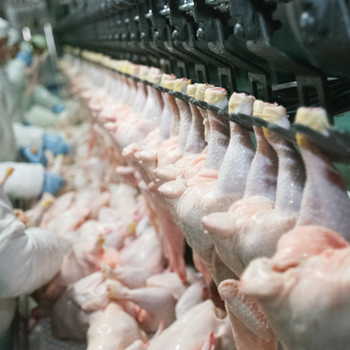อินเดียลุย GST ยกเครื่องภาษี … โอกาสดีที่ไทยต้องเหลียวมอง
ยุวาณี อุ้ยนอง
Yuwanee Ouinong
Economic Intelligence Center (EIC)
Siam Commercial Bank Public Company Limited
yuwanee.ouinong@scb.co.th
อินเดีย ประเทศที่ทำให้เราได้นึกถึงความหลากหลายและความซับซ้อนในหลายมิติ ทั้งด้านวัฒนธรรม การอยู่ร่วมกันของคนหลายกลุ่มจนทำให้อินเดียกลายเป็นประเทศขนาดใหญ่ที่มีผู้คนรวมตัวกันมากกว่าพันล้านคน แม้นี่จะเป็นจุดเด่นของอินเดียที่ดึงดูดสายตาจากนักลงทุนทั่วโลก แต่การเข้าไปทำธุรกิจในประเทศนี้ไม่ใช่เรื่องง่ายเลยทีเดียว เพราะด้วยกฎระเบียบหลายอย่างที่ค่อนข้างหยุมหยิมและมีความแตกต่างกันในแต่ละรัฐ เห็นได้จากอันดับความง่ายในการทำธุรกิจของอินเดียอยู่ที่ 130 จาก 190 ประเทศ แต่วันนี้ อินเดียกาลังเปลี่ยนไปภายใต้การนำของนายกรัฐมนตรี Narendra Modi ซึ่งมีหนึ่งนโยบายสำคัญกาลังจะเกิดขึ้นในวันที่ 1 กรกฎาคม นี้ คือ การยกเครื่องระบบภาษีครั้งยิ่งใหญ่ที่สุดนับตั้งแต่ประกาศอิสรภาพเมื่อปี 1947 โดยเปลี่ยนมาใช้ระบบใหม่ที่เรียกว่า “ระบบ GST” (Goods and Services Tax)
รื้อระบบภาษีสุดยุ่งยาก
ด้วยความที่อินเดียเป็นประเทศขนาดใหญ่ที่มีการกระจายอำนาจการปกครองไปสู่แต่ละรัฐ ทำให้มีทั้งรัฐบาลกลางและรัฐบาลท้องถิ่นของ 29 รัฐที่มีอำนาจกำหนดกฎเกณฑ์ของแต่ละรัฐ รวมถึงอัตราภาษีที่แตกต่างกัน ส่งผลให้อินเดียเป็นประเทศที่มีการเก็บภาษีที่ซับซ้อนมากที่สุดแห่งหนึ่งของโลก! ซึ่งอาจไม่ใช่เป้าหมายที่น่าดึงดูดสาหรับนักลงทุนต่างชาติสักเท่าไหร่ โดยอุปสรรคสำคัญที่เกิดขึ้น ได้แก่ 1. เสียเวลาศึกษาอัตราภาษีจำนวนมาก 2. ตรวจสอบยาก เพราะถูกเก็บภาษีจากหลายหน่วยงาน 3. มีแรงจูงใจมหาศาลให้ติดสินบนเจ้าหน้าที่ 4. การซื้อขายระหว่างรัฐมีต้นทุนสูง และ 5. เป็นอุปสรรคต่อการส่งออกและการผลิต
ระบบภาษีใหม่ไฉไลกว่าเดิม
GST เป็นระบบที่จะตั้งอัตราภาษีสินค้าและบริการให้มีอัตราเดียวกันทั้งประเทศ ประกอบกับจะยกเลิกภาษีทางอ้อมต่างๆ ประมาณ 15 ประเภท เช่น ภาษีขายระหว่างรัฐ (Central sale tax) ภาษีเข้ารัฐ (Entry tax) ภาษีผ่านแดน (Octori) ภาษีมูลค่าเพิ่ม (VAT) ภาษีสรรพสามิต ให้มารวมกันอยู่ภายใต้ระบบ GST ทั้งหมด ทั้งนี้ กฎหมายฉบับใหม่จะกำหนดอัตราภาษีของสินค้าและบริการแต่ละประเภทไว้อย่างชัดเจนเป็นอัตราเท่ากันทั่วประเทศ และให้ดาเนินการผ่านระบบออนไลน์ทั้งหมดเพื่อลดการเผชิญหน้าระหว่างผู้เสียภาษีและเจ้าหน้าที่ของรัฐ โดยการขายสินค้าและบริการในรัฐเดียวกันจะต้องเสียภาษีให้รัฐบาลท้องถิ่น (State GST: SGST) และรัฐบาลกลาง (Central GST; CGST) ในสัดส่วน 50:50 ทำให้มีการตรวจสอบที่รัดกุมจากทั้ง 2 หน่วยงาน และสาหรับการซื้อขายระหว่างรัฐจะถูกจัดเก็บภาษีโดยรัฐบาลกลาง (Integrated GST:IGST) เท่ากันทั่วประเทศ
India is a country that brings to mind diversity and complexity in virtually all aspects. Its variety of culture, ways of living between social groups and large population size of over a billion has been key feature attracting the focus of investors all over the world. Yet doing business in India is no easy task. Trivial regulations and inconsistencies between states are only part of the problem that has led India’s to rank 130th in ease of doing business out of 190 countries. Until now, the current government under leadership of Prime Minister Narendra Modi is pursuing an ambitious economic reform in multiple areas. One of the top priorities is the biggest tax reform since the country’s independence in 1947. The new tax system called Goods and Services Tax (GST) is now rolling out across India.
Removing the complex tax system.
India, which is a large country, is administered under a decentralized system composing of one central government and 29 states. Each state would have their own administration and were previously allowed to levy different tax rates. As a result, India had among the most complex tax system in the world, of which has been deterring foreign investors from India. Key obstacles for doing business arose from the old tax system includes 1. Understanding the tax system is too time consuming, 2. Inspection is difficult due to having multiple tax collecting agencies, 3. Huge incentive to bribe officers, 4. State-border trades have high cost in both terms of money and time, and 5. Problems in exports and manufacturing.
The new, unified tax regime
GST (Goods and Services Tax) is a system that will unify tax rate on goods and services within the country. The system is a change from the previous that allowed each state set their own tax rate. The new system would replace approximately 15 categories of indirect tax such as central sale tax, entry tax, Octori, VAT, Excise tax, etc. Each product will be imposed the same rate throughout the country. Furthermore, tax procedures will be required to conduct online in order to avoid contact between tax payers and government officers. For intra-state trading, tax on goods or services will be collected by between the state government (State GST: SGST) and central government (Central GST: CGST) equally. Therefore, assessment procedures is expected to be strictly complied on both governments. For inter-state trading, the tax, called integrated GST (IGST), will be levied solely by central government.









